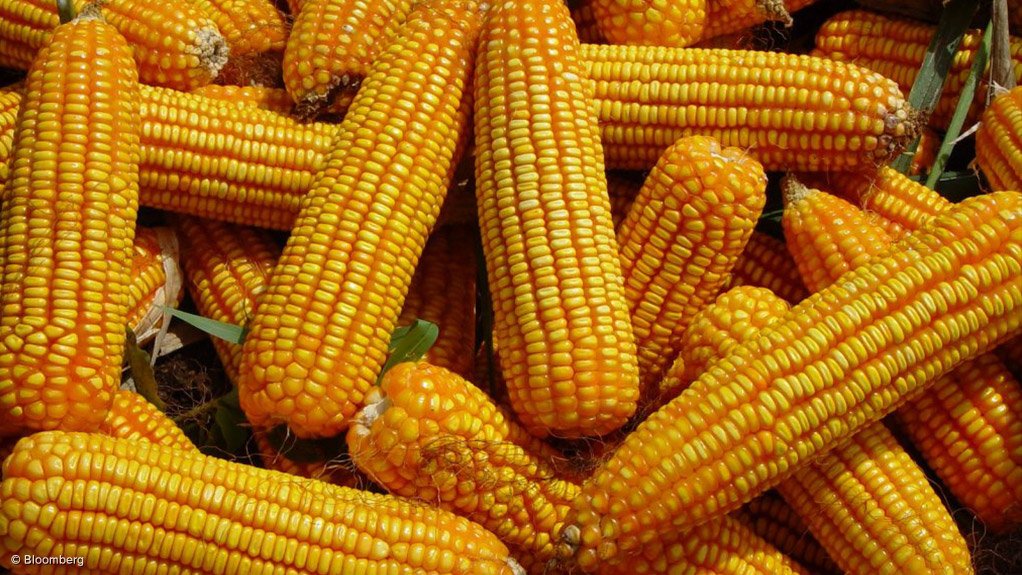Judging by the number of patent applications filed for biopharming inventions by local universities, research councils and science councils, there is significant potential for South Africa to create an industry around biopharming, claims intellectual property firm Spoor & Fisher.
“Biopharming is molecular biology that involves producing biological pharmaceutical products using plants as the system to create them,” explains Spoor & Fisher partner Tyron Grant. This means that, rather than using chemical processes to create the products, the plant itself is used as the factory.
Traditionally, vaccines are created in, and from, animal or bacteria cells that are compatible with the molecule that needs to be produced, adds Spoor & Fisher senior associate Chyreene Truluck. “This process is cheaper because laboratories do not need to order animal or human cells and keep those alive – plants grow on their own.”
With vaccines, the outer shell or capsid of the virus is recreated using the relevant proteins, without the deoxyribonucleic acid (DNA) or ribonucleic acid (RNA) of the virus, to create an immune reaction in a person. Creating capsids using mammalian cells can be problematic, as the capsid can encapsulate ‘rogue’ DNA or RNA of the cells. “This DNA or RNA can potentially be transmitted to a person who needs to be treated and can potentially cause complications,” says Grant.
However, using a plant to create the capsid molecule is more effective because it is easier to ‘harvest’ the capsid molecule from the plant, and plant DNA is less likely to cause a reaction or be able to multiply in humans. Therefore, if rogue DNA is encapsulated in the plant, it is unlikely to have an impact on the person being treated.
Biopharming uses, for example, maize, potato and tobacco plants to produce biological molecules using safer and more cost-effective methods, Truluck enthuses.
Biopharming Industry
Creating a biopharming industry requires coordination: “It is getting all the interested stakeholders to sit down and talk around the proverbial round table and getting buy-in from government,” emphasises Grant.
South Africa is a hub of biopharming research and there is potential for an industry to produce vaccines and pharmaceuticals from plants, with local universities and research institutions working on biopharming technologies,” Truluck emphasises.
Further, the ideal would be to have a full-scale, good manufacturing practice accredited facility, with suitable plants modified to create the desired biological molecules Grant points out. “At this stage local institutions are considering greenhouse-type facilities to express proteins.”
“There are only a handful of such facilities worldwide, mainly in first world countries, such as Canada and the US, serving first-world markets,” Truluck highlights. A biopharming facility in South Africa would allow for the supply of vaccines and biological molecules to the South African and African markets, she highlights.
Further, a potential model for such a facility would involve a commercial party owning the manufacturing facility and the equipment, as well as coordinating experience or expertise from overseas facilities to create a commercial manufacturing facility. The commercial party could license the patents from different South African institutions and pay them royalties, Truluck explains.
“We have the research, but we do not have the facilities to translate the research into the large-scale production of a commercial product,” Grant laments.
A manufacturing facility could ensure that there is, for example, adequate supply of flu vaccines, and could be used to produce other vaccines as and when required, subsequently allowing for the commercial success of the manufacturing facility while it provides treatment for Africa-specific diseases, he adds.
A local biopharming facility can also focus on creating vaccines and treatments for African orphan diseases, such as Rift Valley Fever, which affect humans and animals. These diseases are defined as a common disease that has been ignored, such as tuberculosis, cholera, typhoid and malaria, because it is far more prevalent in developing countries than in the developed world, and are not profitable, Truluck explains.
“Such a facility would be a great way to kick off the bio-economy on the continent,” Truluck concludes.
Edited by: Zandile Mavuso
Creamer Media Senior Deputy Editor: Features
EMAIL THIS ARTICLE SAVE THIS ARTICLE
ARTICLE ENQUIRY
To subscribe email subscriptions@creamermedia.co.za or click here
To advertise email advertising@creamermedia.co.za or click here













